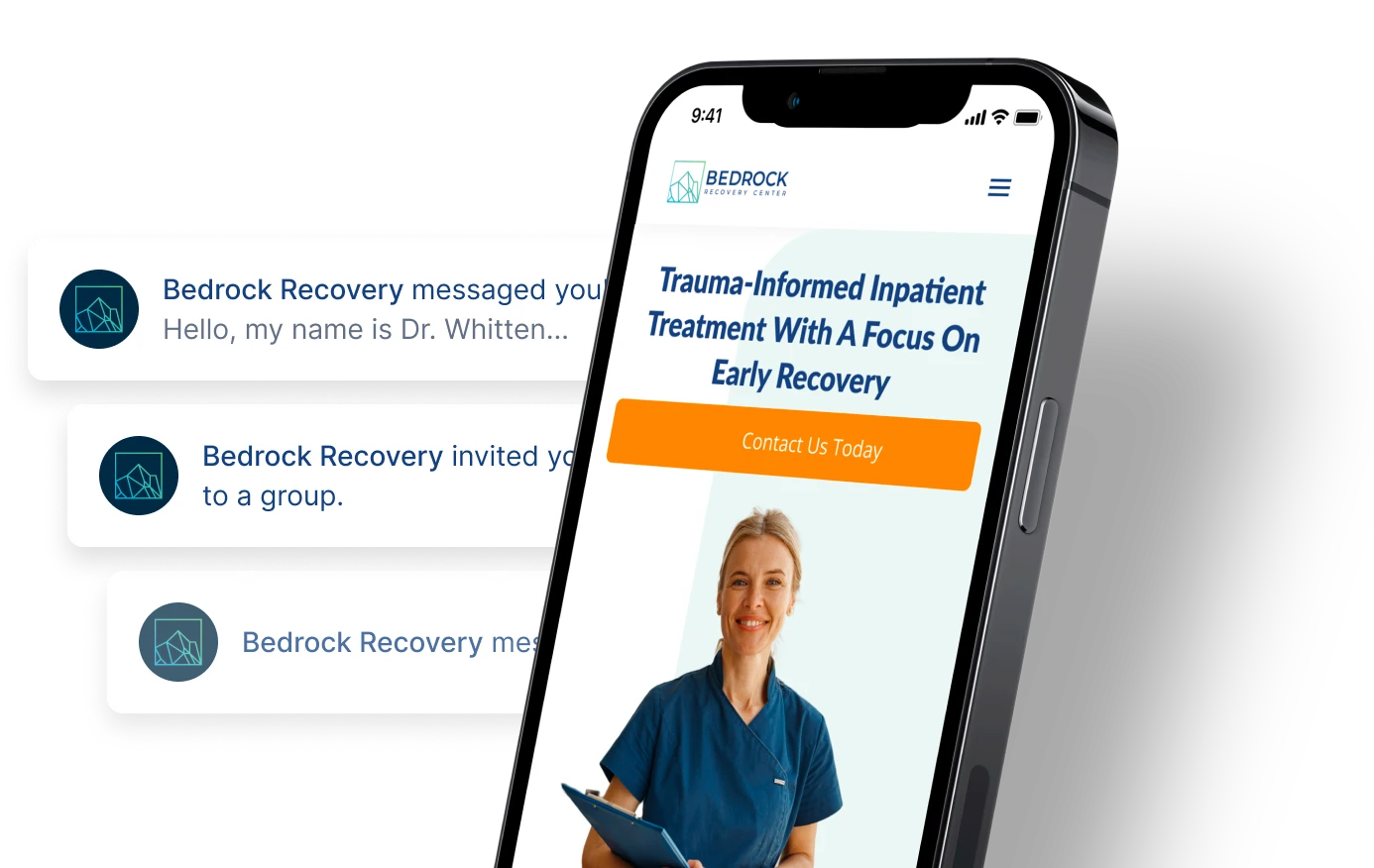
Intravenous (IV) drug use involves injecting substances directly into the bloodstream using a needle and syringe.
This method of drug administration poses significant health risks, including the potential for infections, vein damage, and overdose.
What Illicit Drugs Are Used Intravenously?
Intravenous drug injection involves dissolving the substance in liquid and injecting it directly into a vein, usually on the arm, using a needle.
The most commonly injected drugs are:
Less commonly injected drugs include:
- benzodiazepines
- ketamine
- bath salts
- MDMA and ecstasy
People may choose to inject illegal drugs through a syringe to experience quicker or more heightened effects.
However, this method also comes with additional risks on top of the typical risks associated with drug abuse.
1. Blood-Borne Infections
IV drug use poses a risk of blood-borne infections due to the direct introduction of substances into the bloodstream by shared needles and syringes.
One of the main concerns is the transmission of bloodborne viruses, including HIV and hepatitis B and C.
Sharing needles can transfer infected blood from one person to another, facilitating the rapid spread of these viruses.
HIV, which weakens the immune system, and hepatitis, which causes inflammation of the liver, can have severe health consequences.
The unsanitary conditions often associated with IV drug use further increase the likelihood of bacterial infections, as well as the risk of abscess formation at injection sites.
2. Cardiovascular Complications
IV drug use is associated with an increased risk of cardiovascular complications, posing serious threats to heart health.
Stimulant drugs such as cocaine and methamphetamine can induce intense vasoconstriction when injected, elevating blood pressure and increasing the chance of heart attacks and strokes.
Additionally, the introduction of foreign substances directly into the bloodstream through IV drug use can lead to infections that may affect the heart.
The use of contaminated needles further exacerbates the risk of cardiovascular issues by introducing bacteria into the bloodstream.
Collectively, these factors contribute to a heightened likelihood of cardiovascular complications for people who inject drugs.
3. Skin And Soft Tissue Infections
IV drug use can cause skin and soft tissue infections, presenting health concerns for people who use drugs this way.
The repeated use of shared or unclean needles and the introduction of substances directly into the bloodstream create an environment that can cause bacterial infections.
Furthermore, injecting drugs can damage the skin and underlying soft tissues, providing entry points for pathogens.
Cellulitis, characterized by redness, swelling, and tenderness of the skin, is a common complication that arises from IV drug use.
Abscesses, which are localized collections of pus, may also develop at injection sites. Left untreated, these infections can lead to more severe complications.
4. Scarring And Track Marks
Injecting drugs often leaves visible traces on the skin in the form of scarring and track marks.
These physical indicators are the result of repeated needle insertions and the trauma inflicted on the skin and underlying tissues.
Track marks, linear scars along veins, are particularly common and can vary in visibility depending on factors such as the size of the needle and the frequency of injections.
The continuous puncturing of veins can cause inflammation, scarring, and, in some cases, the collapse of veins.
Over time, as the skin attempts to heal from these repeated injuries, scar tissue accumulates, contributing to a distinctive pattern of marks.
5. Abscesses And Systemic Infections
Intravenous drug use increases the risk of abscesses and systemic infections, posing health threats to people who use drugs in this manner.
Abscesses frequently develop at injection sites due to bacteria, especially when using shared or contaminated needles. If left untreated, abscesses can lead to more severe complications.
One such complication is a systemic infection. This type of infection occurs when bacteria from an abscess enters the bloodstream. It can cause a life-threatening condition known as sepsis.
The risk of systemic infections is particularly high when people lack access to proper medical care or neglect to address abscesses promptly.
6. Increased Overdose Risk
Injecting drugs increases the risk of overdose, which is a potentially life-threatening consequence.
Injecting drugs directly into the bloodstream allows for a rapid and intense onset of effects, but it also makes it difficult to control the dose and timing.
The potency of certain drugs, especially opioids like heroin or fentanyl, coupled with the unpredictability of purity and strength, increases the likelihood of unintentional overdose.
Additionally, injecting drugs in group settings may lead to a higher susceptibility to overdose if people are not adequately monitoring each other or are unaware of the substances being used.
The risk is higher when people attempt to inject the same amount of the substance they were accustomed to, only to find their tolerance reduced during periods of abstinence.
Other Risks Associated With IV Drug Abuse
IV drug abuse poses various risks beyond those mentioned earlier.
Some additional risks associated with IV drug administration include:
- venous damage and thrombosis
- pulmonary embolism
- foreign body embolism
- skin and soft tissue necrosis
- peripheral neuropathy
- compromised immune function
- respiratory issues
- musculoskeletal complications
- psychological and mental health effects
- social consequences
Addressing these risks requires access to medical care and substance abuse treatment.
It’s important for people engaged in IV drug use to seek professional help to address their substance use disorders.
Find Addiction Recovery Help Today
If you or a loved one is experiencing addiction, help is available. Contact Bedrock Recovery Center today.
- Centers for Disease Control and Prevention (CDC) https://www.cdc.gov/pwid/opioid-use.html
- National Library of Medicine: PubMed https://www.ncbi.nlm.nih.gov/pmc/articles/PMC7272082/
- National Library of Medicine: PubMed https://www.ncbi.nlm.nih.gov/pmc/articles/PMC4953807/
- National Library of Medicine: PubMed https://www.ncbi.nlm.nih.gov/pmc/articles/PMC4657534/
- National Library of Medicine: PubMed https://www.ncbi.nlm.nih.gov/pmc/articles/PMC3605003/#:~:text=These%20reviews%20have%20consistently%20shown,infection%2C%20drug%20overdose%20and%20suicide
- National Library of Medicine: PubMed https://pubmed.ncbi.nlm.nih.gov/34823730/
- Semel Institute for Neuroscience and Human Behavior https://www.semel.ucla.edu/dual-diagnosis-program/News_and_Resources/Potential_Complications_Of_IV_Drug_Use
- Sepsis Alliance https://www.sepsis.org/sepsisand/iv-drug-use/#:~:text=People%20who%20inject%20IV%20drugs,they%20are%20addicted%20to%20them
